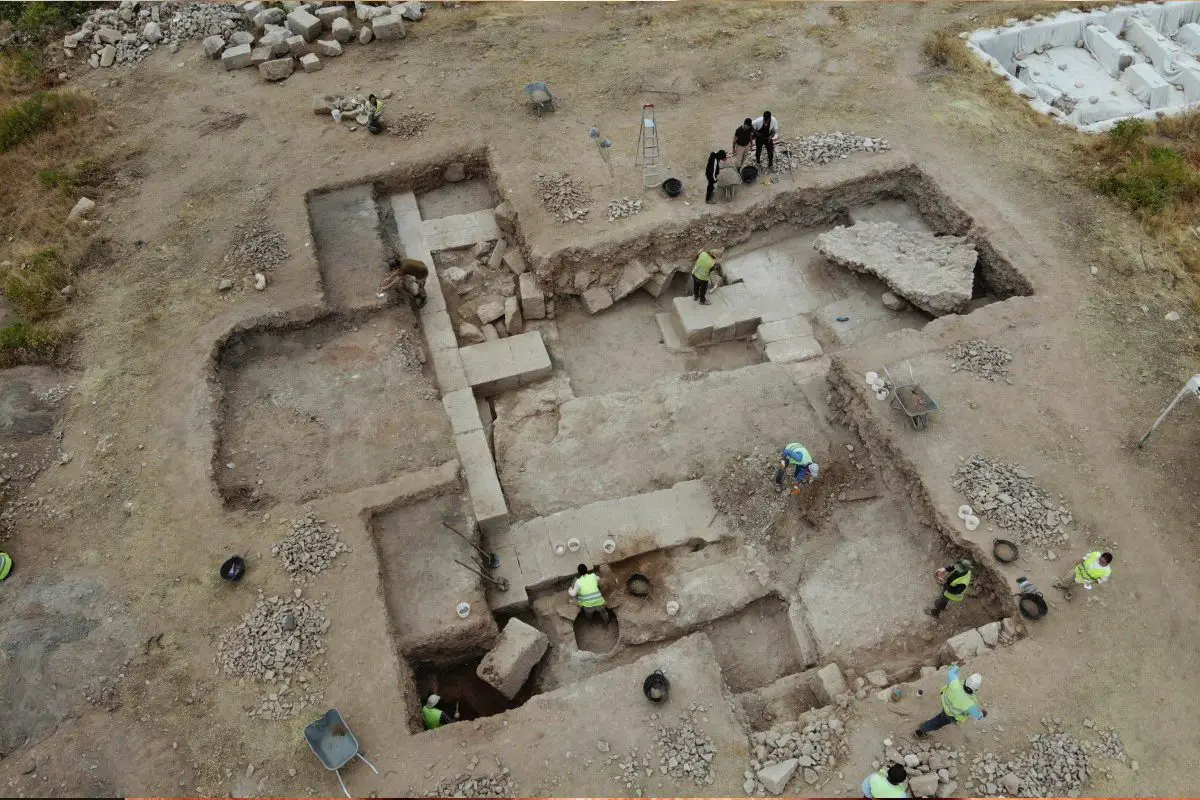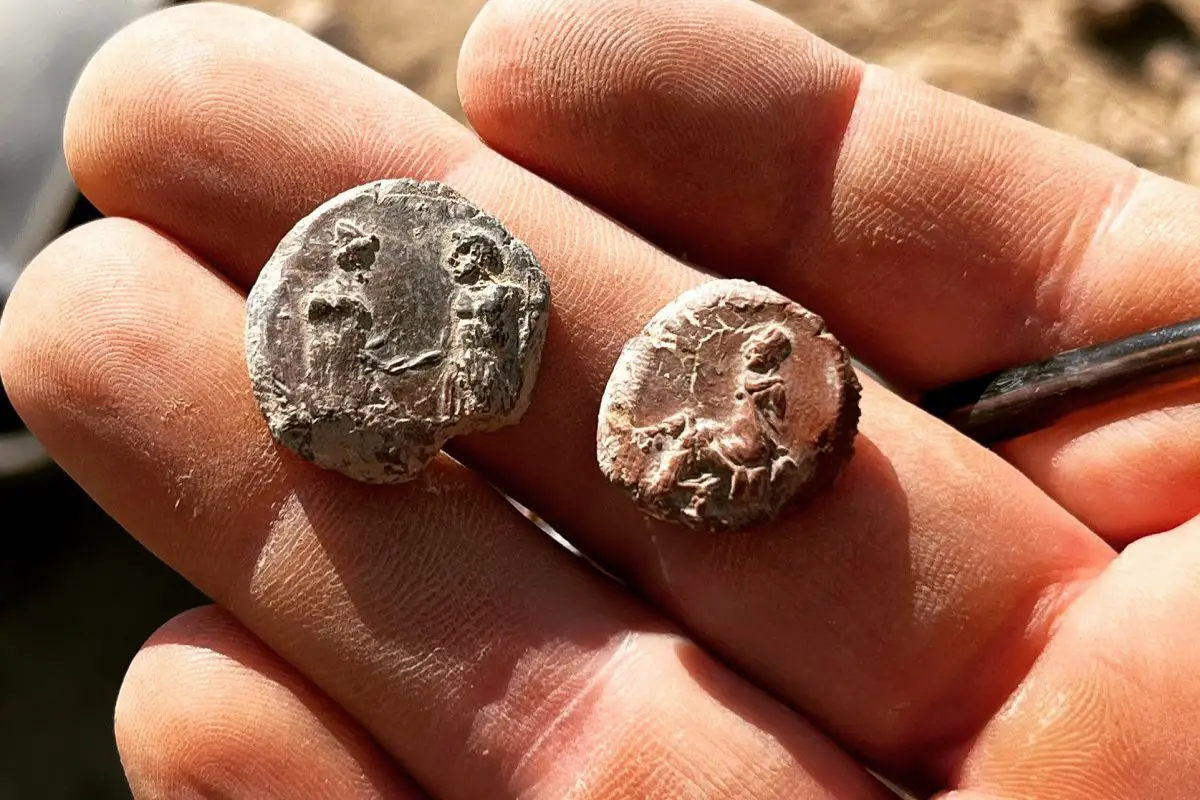A team of archaeologists from the Asia Minor Research Centre have uncovered over 2,000 seal impressions in ancient Doliche.
Doliche was founded as a Hellenistic colony during the 2nd century BC in the present-day province of Gaziantep, Turkey. During antiquity, the city was located in the ancient region of Cyrrhestica, which was annexed by the Roman Empire in AD 72.
Previous excavations in the city have unearthed the remains of a Mithraic temple, rock cut graves, and a stele depicting a previously unknown Iron Age deity.
A recent study by the Asia Minor Research Centre has found over 2,000 seal impressions used to seal documents from the city municipal archive. The impressions consist of stamped clay lumps that range from 5 millimetres to 2 centimetres in size.

According to Professor Michael Blömer from the University of Münster: “The images of the official city seals have a direct urban connection. As a rule, they show their most important deities such as Jupiter Dolichenus, the main god of the city.”
Between the mid-second and mid-third century AD, the veneration of Jupiter Dolichenus gained widespread popularity within the Roman military. Several religious structures dedicated to Jupiter Dolichenus identify him as the “deity of the Commagenians.”
The smaller private seals exhibit a diverse array of images and symbols, shedding light on the cultural impact that religion played in the lives of the people of Doliche. “The gods on the seals provide insights into people’s religious environment. Mythical figures or rare private portraits indicate a strong Greco-Roman influence,” said Professor Blömer. The well-preserved seal impressions and their motifs also provide information about ancient administrative practices.
The seals were found in the lower foundations of an archive building made of solid limestone blocks. The building measures 8 x 25 metres in size and was a multi-story structure containing a sequence of rooms. While each Roman city had archives designated for contract storage, only a few archive structures from the Roman Empire have been identified thus far.
According to the researchers: “The archive documents themselves were destroyed in a major fire, possibly in AD 253 when the Persian king, Šāpūr I, destroyed numerous cities in the Roman province of Syria.”
Header Image Credit : Asia Minor Research Centre





